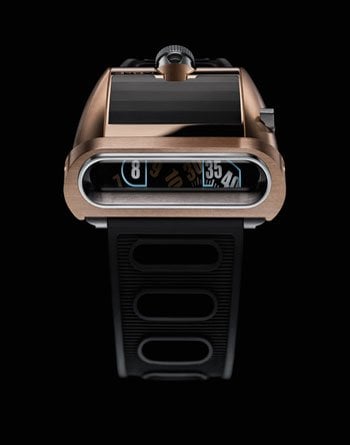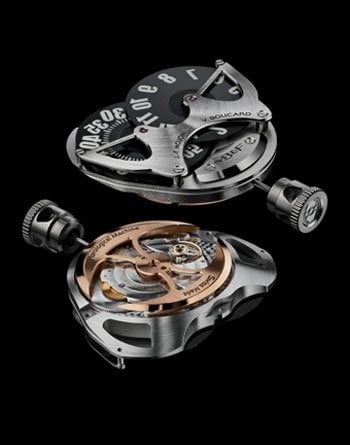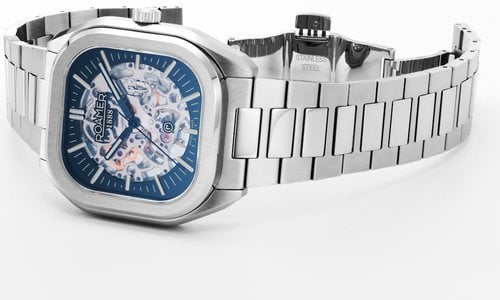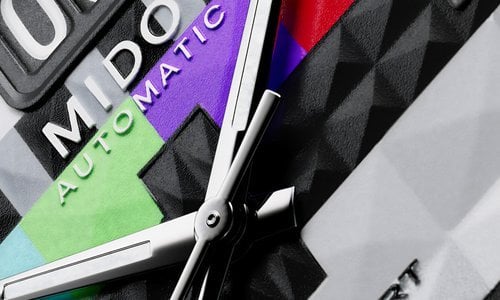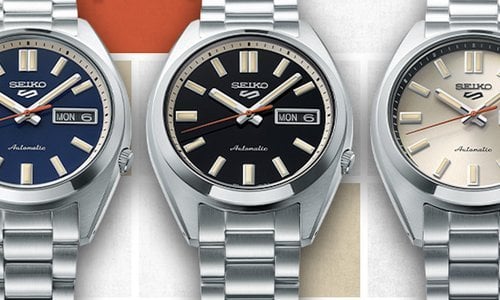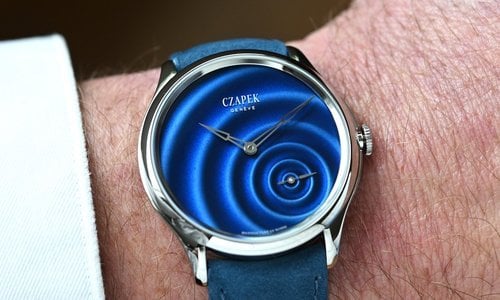The HM5 RT is full of surprises...
Hour and minute displays look straightforward, but they are bi-directional jumping hours with indications inversed, reflected 90° and magnified 20%.
HM5 RT has a futuristic case design, but it’s from the 1970s.
HM5 RT has a mechanical movement, but inspired by an era when quartz was King.
The rear louvres on supercars block light, but on HM5 RT they let light in. Befitting its automotive heritage, HM5 RT has exhaust pipes, but they drain water.
The gold endowing the HM5 RT case with such a rich lustrous glow was found on earth, but was actually created billions of years ago in deep space.
|
|
Horological Machine No5 RT was inspired by an earlier time when mankind was not quite as blasé about technology as it is now: the 1970s. Imagine the excitement and dreams of the future back then... Man could fly on the road with a new genre of streamlined supercars; fly on the sea with hovercrafts; fly at supersonic speeds on Concorde; and fly to the moon in Apollo.
Everything seemed possible: humanoid robots, personal jet-packs and flying cars were surely just around the corner. In the 1970s the future wasn’t tomorrow, it was today! While we might still be waiting for flying cars, with MB&F’s HM5 RT you can put a high-tech golden supercar on your wrist!
The Case
The unmistakable wedge-shaped case of On the Road Again is direct homage to the plucky Amida Digitrend. However, it also has unmistakable references to the low-slung supercars of the epoch.
The purpose of the louvres on these awe-inspiring cars was to restrict sunlight (and heat) from entering the near horizontal rear window. The functional louvres on HM5 do the opposite in that they open to allow light down onto the Super-LumiNova numbers on the hours and minutes indication disks to charge them. The disks are actually flat on top of the movement (under the louvres), not vertically at the front of the case where they appear to be thanks to some optical magic. Opening and closing the louvres also changes the dial’s light intensity. The louvres are opened and closed by a slide set into the side of the case.
-
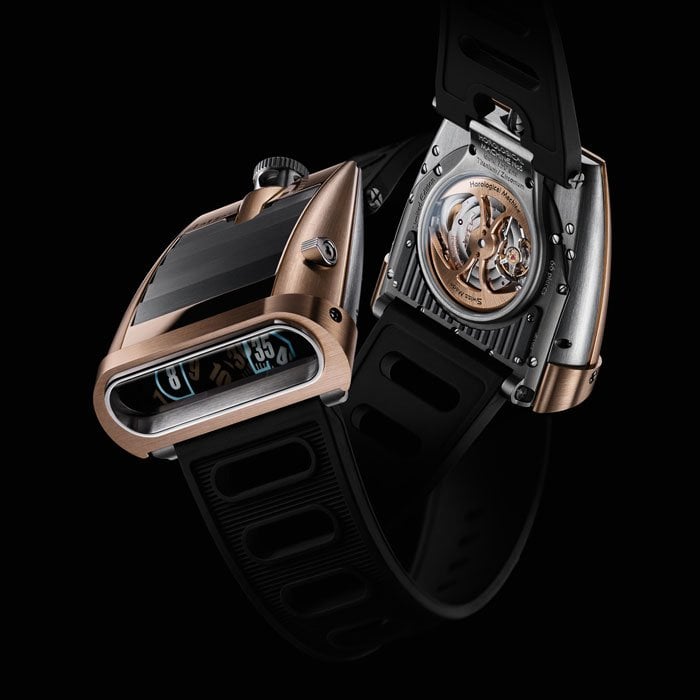
- HM5 by MB&F
Another distinguishing feature of supercars are large dual exhaust pipes that are usually seen accompanied by a roar of engine noise and smoking rubber. But HM5’s exhausts are not there to expel combustion gases in a throaty roar, but to drain water in case – like James Bond’s Lotus in ‘The Spy Who Loved Me’ – HM5 RT gets wet.
And no futurist icon of the 1970s is complete without a jet. HM5 RT’s ergonomically sculptured crown – inset with the MB&F battle-axe motif – looks as though it could just as easily power a rocket to the Alpha Centauri, or the Batmobile, as it powers On the Road Again into the future.
To minimise potential damage, the crown winding stem is guided by three radial bearings. It can only be pulled/pushed when perpendicular to the movement.
Indications & Reflective Prism
The actual hour and minute time displays on HM5 RT, i.e. the numbered rotating disks, are relatively simple: overlapping disks (one for hours, one for minutes) are completely covered in Super-LumiNova, which then has large 8mm numerals created by masking all of the lume except for the numbers.
The disks rotate flat on top of the movement and yet we see the time indications vertically in a ‘dashboard’ at the front of the case. To achieve this, MB&F worked with a high-precision optical glass supplier to develop a sapphire crystal reflective prism that bent light from the disks 90° as well as magnify it by 20% to maximise legibility.
The sapphire prism is wedge-shaped with the angles precisely calculated to ensure that light is reflected from the horizontal indications to the vertical rather than refracted (bent). A convex lens at the front provides the magnification. Sapphire crystal is much more difficult to work to optical precision than glass and it took considerable development and meticulous care in production to create crystals that reflected and bent light without the slightest distortion.
HM5 on the road again from MB&F on Vimeo.
|
Because the time is reflected, the numbers are printed on the disks as mirror images so that they display correctly on the ‘dial’. The glass on the front is not black but dark-tinted so that it is possible to see time arriving and departing and the numbers have an iridescent outline, reminiscent of the original Digitrend (which tried to look as through it had a quartz-like LED display) and the glowing instruments of a supercar on a high-speed road trip at night.
The vertical forward-facing display makes HM5 RT an excellent driver’s watch as there is no need to lift your wrist from the steering wheel to read the display.
For further information about the MB&F Horological Machine No.5 RT, please visit the brand’s website HERE.
Source: MB&F

